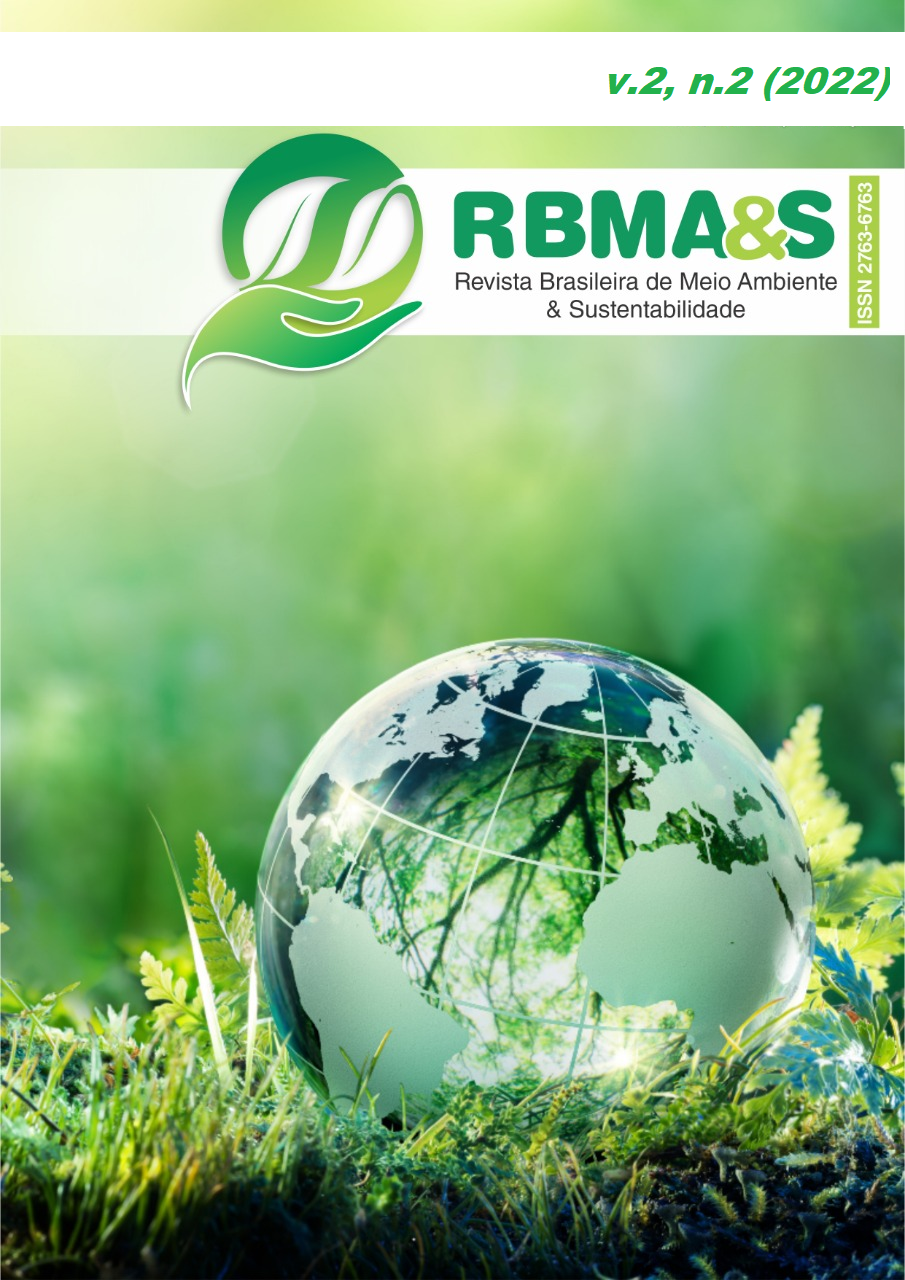COMPOSTING OF SLUDGE GENERATED IN SEWAGE TREATMENT STATION USING POSITIVE FORCED AERATION COMPOSTING OF SLUDGE GENERATED IN SEWAGE TREATMENT STATION USING POSITIVE FORCED AERATION
Main Article Content
Abstract
The destination of the sludge generated in sewage treatment can represent an environmental challenge. An alternative is the recovery of its organic matter, allowing the transformation of the waste into an agricultural input. The present work aimed to evaluate the organic compost produced from the composting of anaerobic sludge from a sewage treatment plant (STP), in a UASB reactor, along with tree pruning, using positive forced aeration. Experiments were carried out with wet sludge (91%) and dry sludge (50%), two piles of each, and monitored for 90 days. The parameters analyzed were pH, moisture content, temperature, Nitrogen, Carbon, Potassium, Phosphorus, Total and fecal coliforms and germination test, comparing the values with Normative Instruction No. 25 (MAPA, 2014) and the CONAMA Resolution 375/2006. Both piles presented positive results of biosolids and solids, within the limits established by the legislation, only the microbiological analysis was out of specification, being necessary to complement the hygiene step.
Downloads
Article Details

This work is licensed under a Creative Commons Attribution 4.0 International License.

